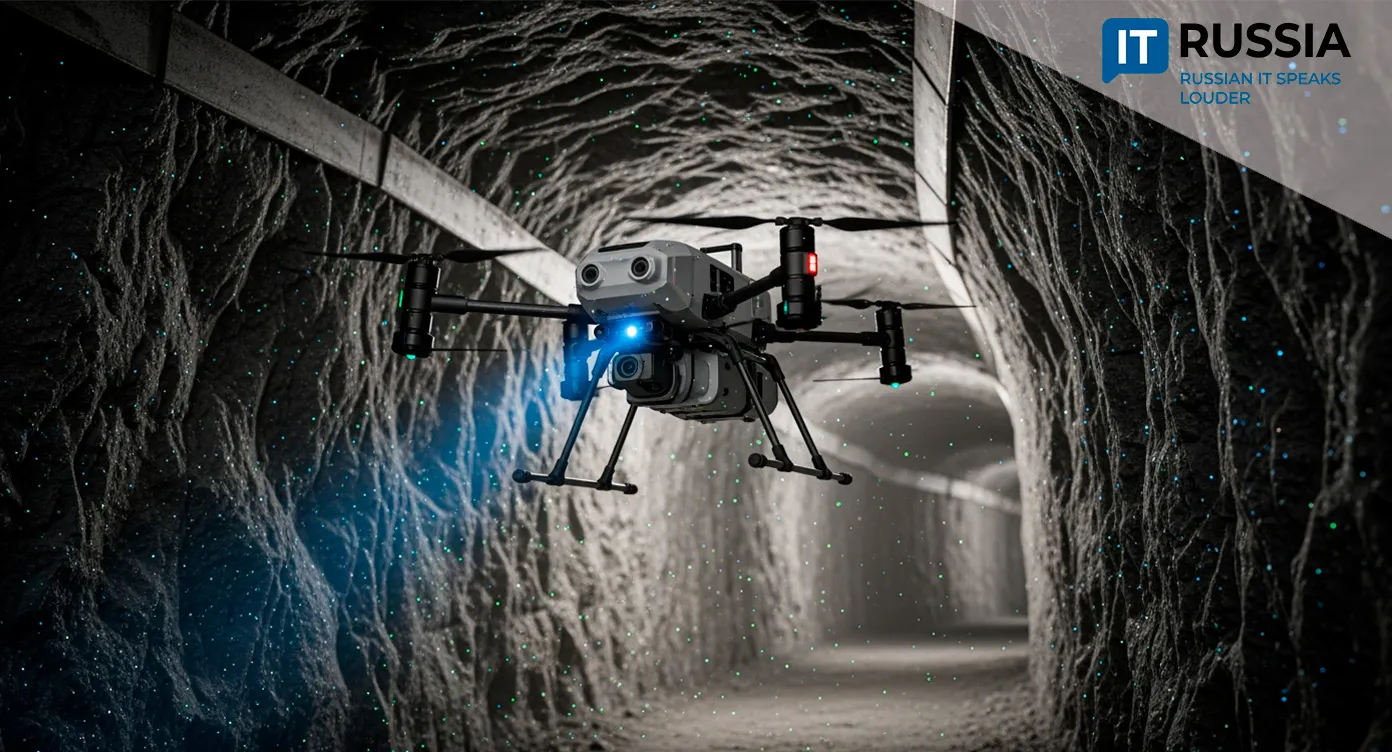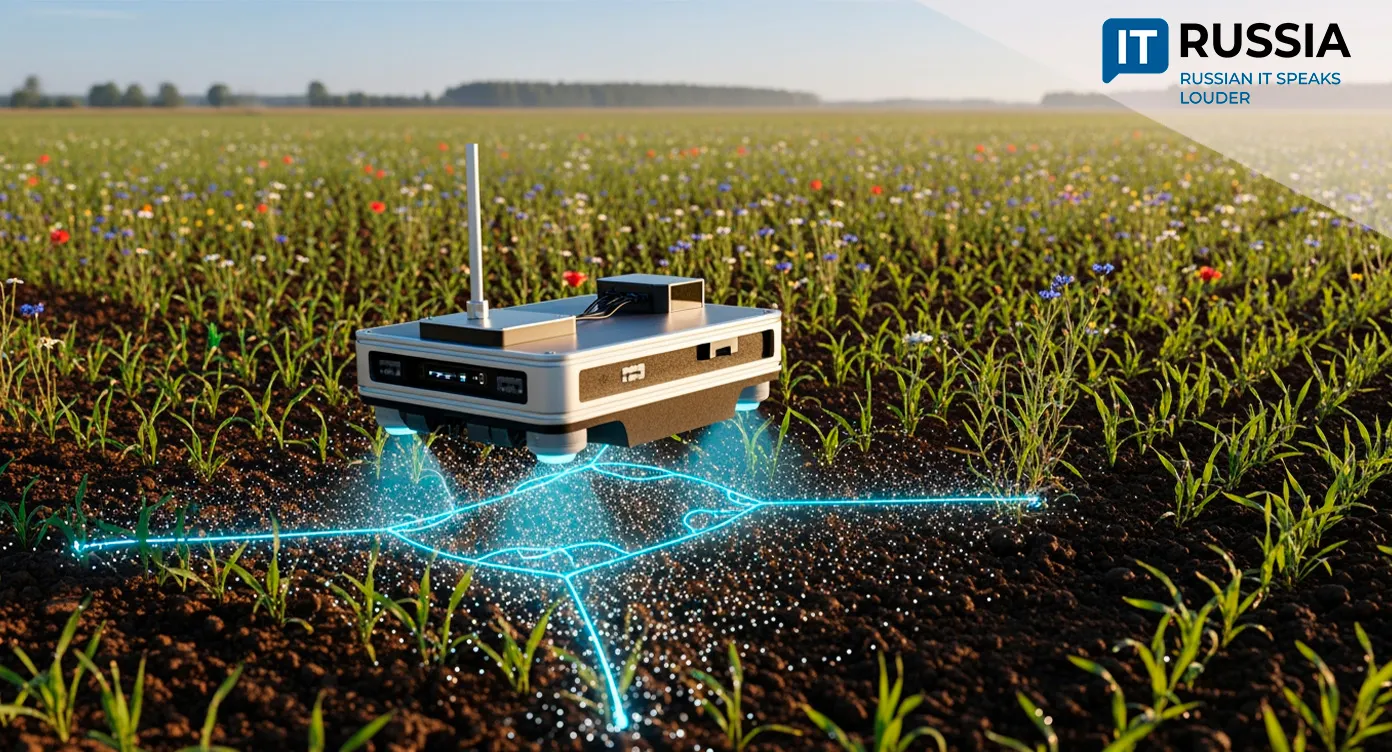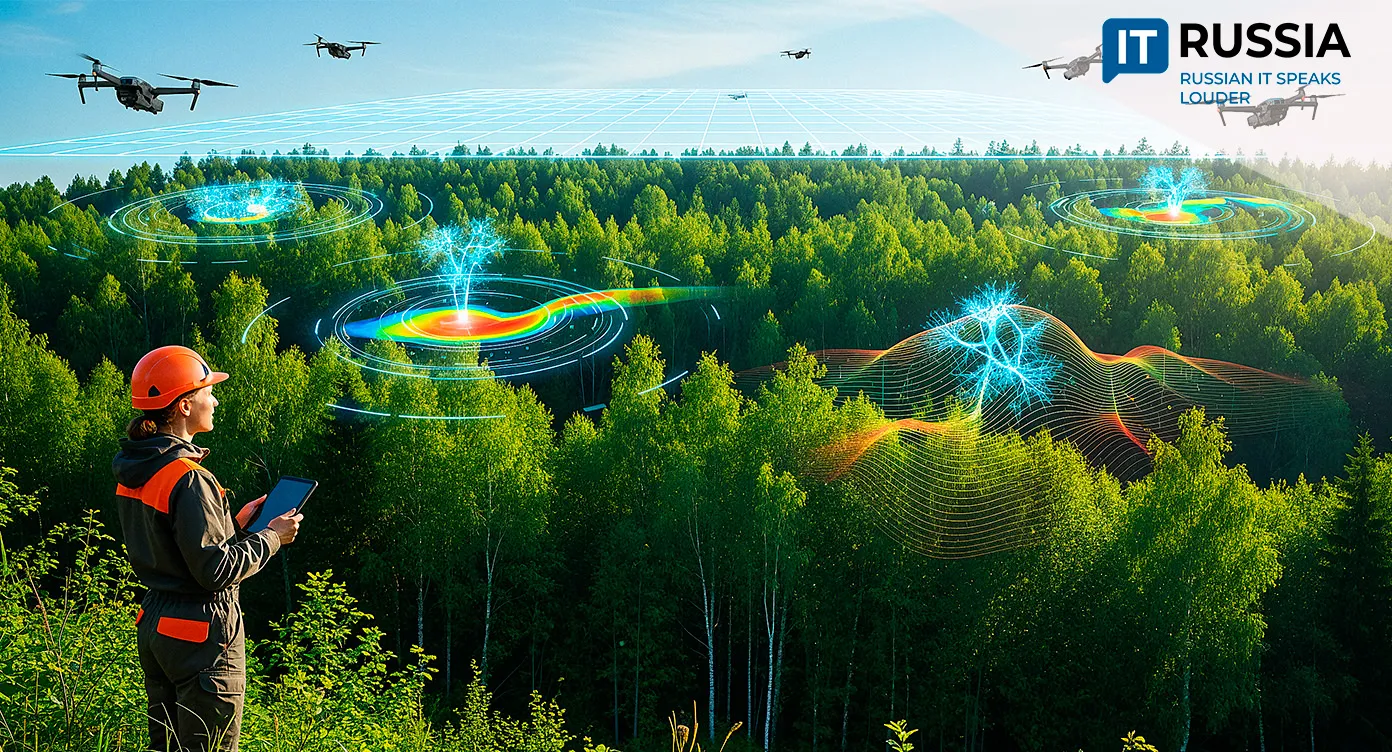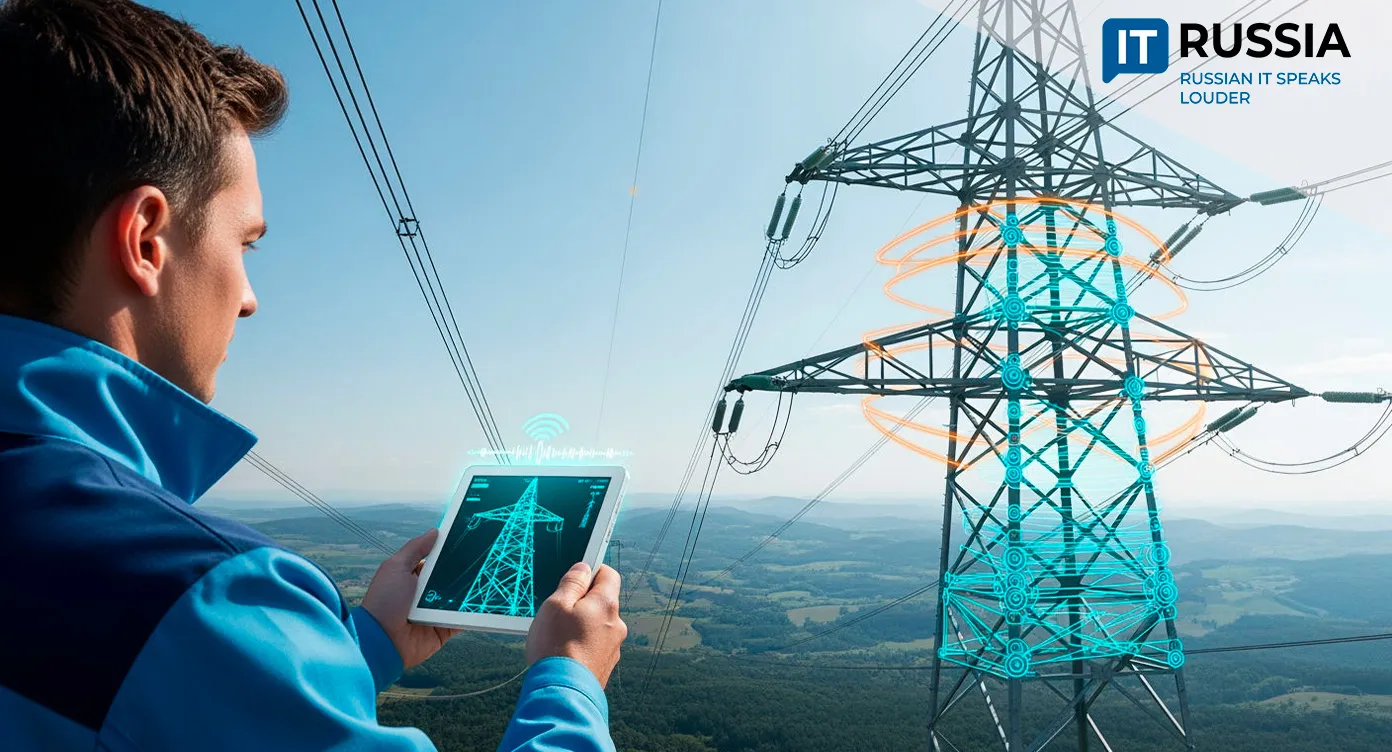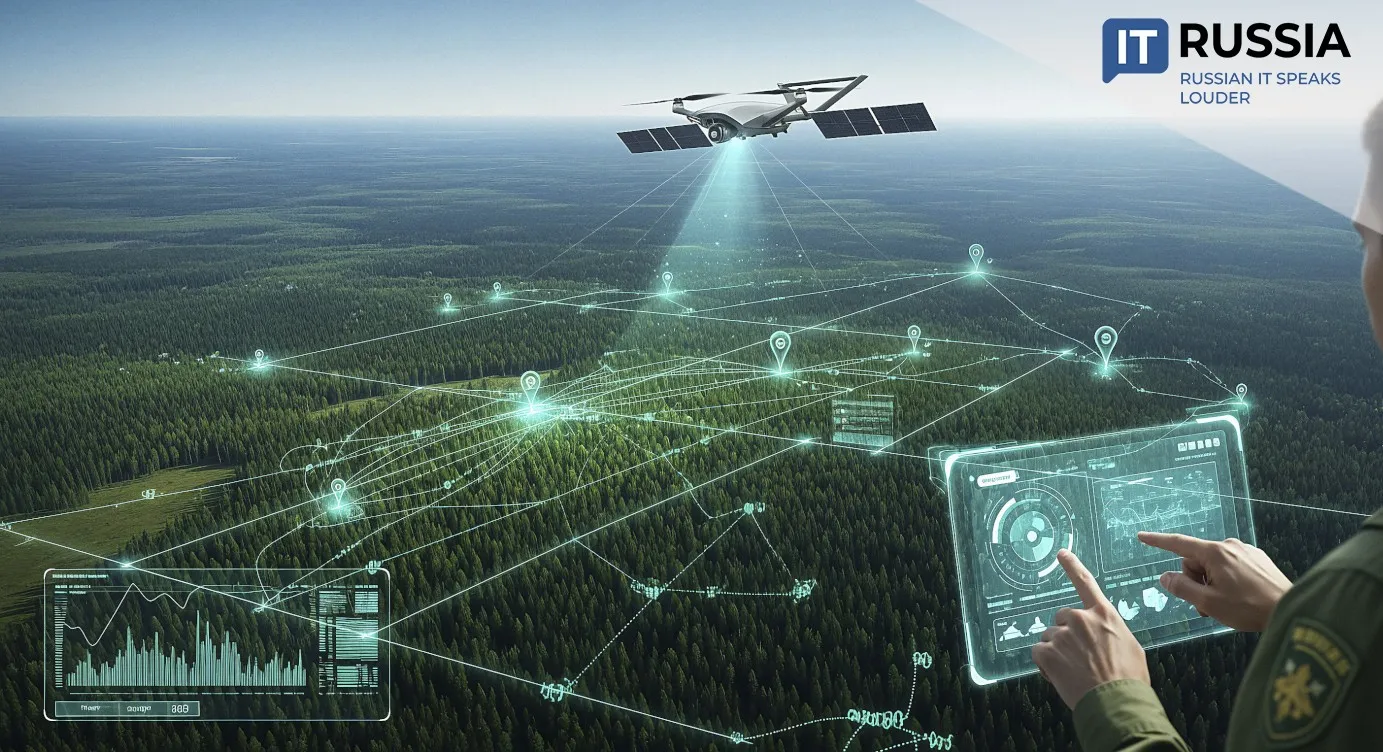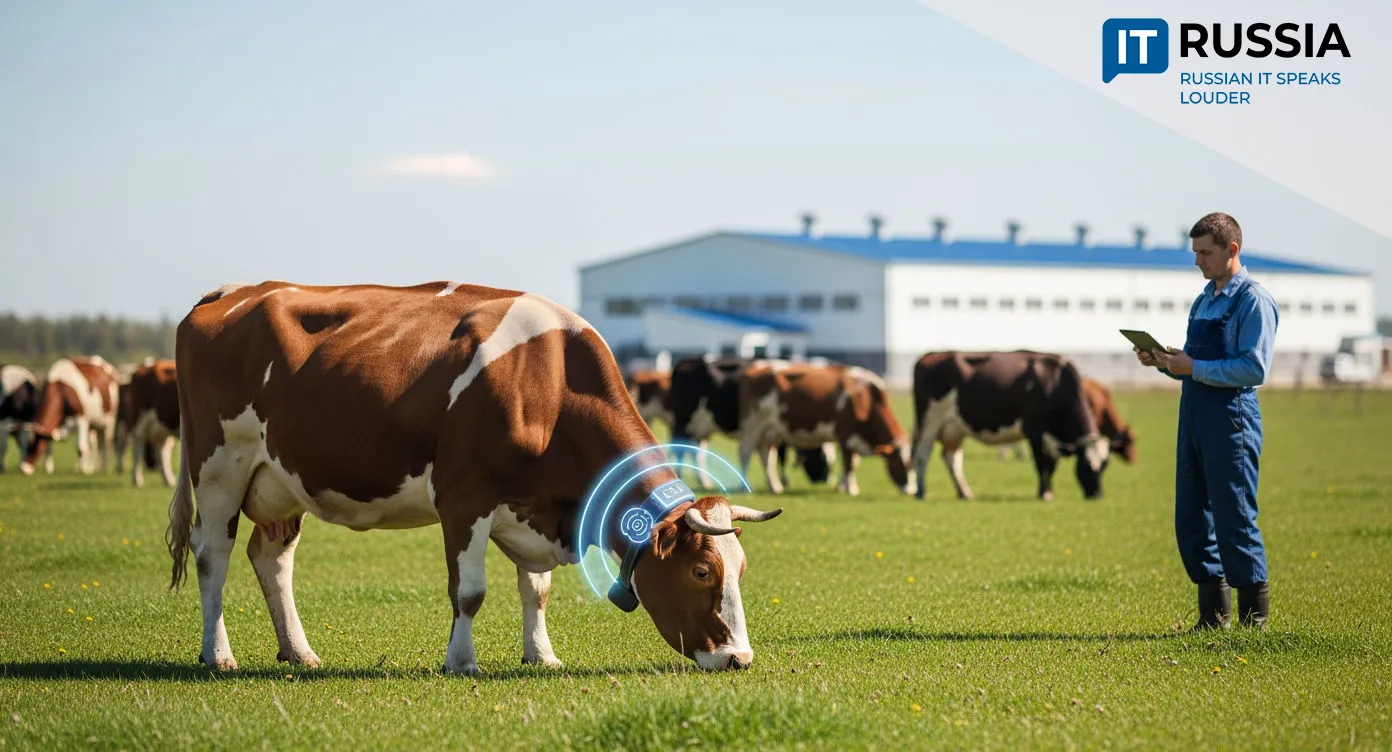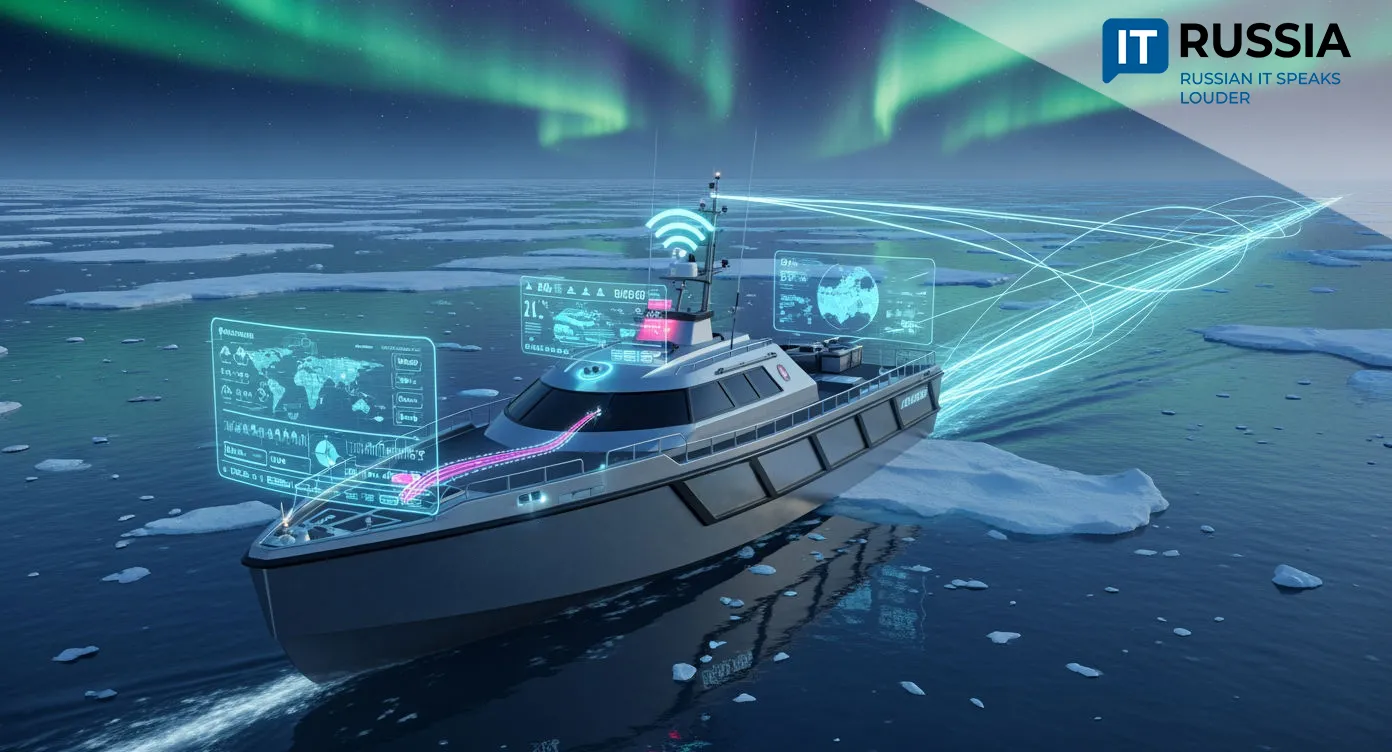Digitizing Nature: How Russia Is Creating a Real-Time Ecological Twin of the Planet
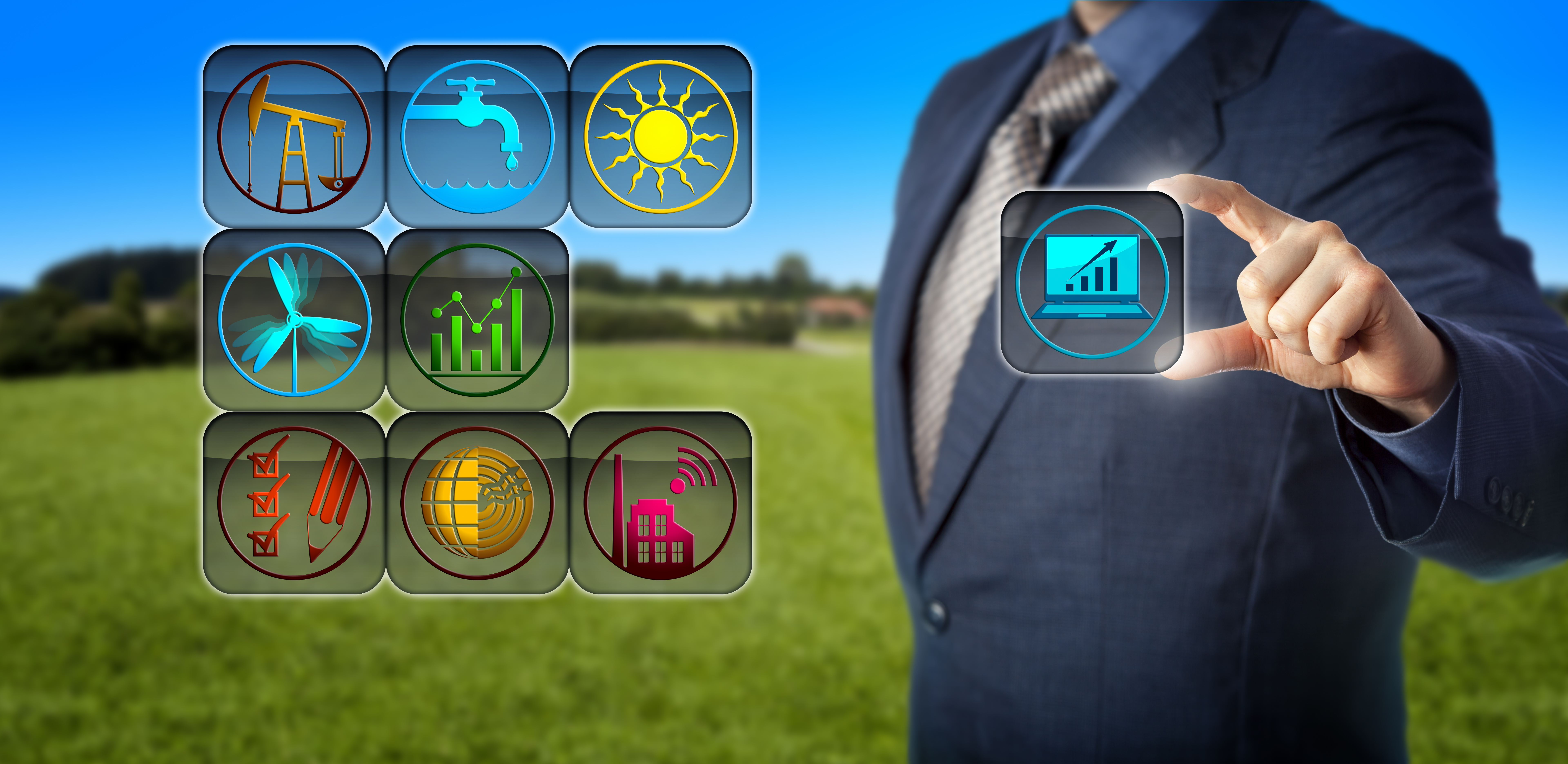
In the age of the Anthropocene, understanding the planet's ecosystems isn’t just a scientific endeavor—it’s a survival imperative. Across the globe, countries are turning to digital tools to protect what remains of their natural heritage. In Russia, this effort is taking a bold and technologically advanced form: the creation of comprehensive digital systems that monitor every tree, river, and acre of farmland in real time.
From Forest Maps to Forest Minds
One of the most ambitious projects in Russia’s environmental digitalization journey is the Federal State Information System of the Forestry Sector (FGIS LK). Developed by Rosleskhoz, the federal forestry agency, this platform tracks the state of forests across the country—mapping everything from biomass volume and deforestation rates to regrowth and health metrics. In effect, Russia is building a nationwide digital twin of its forests.
Complementing this system are fleets of drones that sweep over landscapes once monitored solely by forest rangers on foot. These unmanned aerial vehicles (UAVs) are used to detect illegal logging, monitor seedling survival rates, and even hunt down poachers. In Moscow’s suburbs, pilot projects have already proven how much faster and more effective drones are at spotting ecological threats like disease outbreaks and unauthorized tree-cutting.
Eyes in the Sky: Satellite-Driven Stewardship
Russia’s "Resource-P" satellite system takes environmental monitoring to the next level. Orbiting hundreds of miles above Earth, these satellites provide high-resolution imagery that reveals changes in forests, bodies of water, and agricultural zones. This allows ecologists and policymakers to assess the impact of climate shifts, droughts, and industrial activity—before the damage becomes irreversible.
Another critical tool is the Remote Monitoring Information System for Forest Fires (ISDM-Rosleskhoz), which gathers real-time data from land, air, and space. This system doesn’t just detect fires; it forecasts their spread, identifies available firefighting resources, and helps coordinate emergency response. In a country where wildfires can consume thousands of square miles, early detection can mean the difference between control and catastrophe.
Real-Time Eco-Monitoring: Air, Water, and Soil
Beyond forests, Russia is deploying integrated systems for environmental monitoring that focus on air quality, water pollution, and soil health. These networks feed data into centralized databases, offering a real-time snapshot of environmental risks. Industries are encouraged—or sometimes required—to respond by adjusting emissions, upgrading filtration systems, and curbing their ecological footprint.
Toward a Sustainable Future, Byte by Byte
The digital transformation of environmental management isn’t just a high-tech experiment—it’s a cornerstone of sustainable development. Russia’s approach shows that by combining big data with boots-on-the-ground conservation, nations can strike a better balance between economic productivity and ecological preservation.
Yes, the challenges are significant: integrating new systems with aging infrastructure, training specialized personnel, and ensuring transparency. But the trajectory is clear. If every tree, every river, every square meter of earth can be monitored, perhaps they can be protected too.
Digital nature is not a substitute for the real thing—but it might be our best chance to save it.






